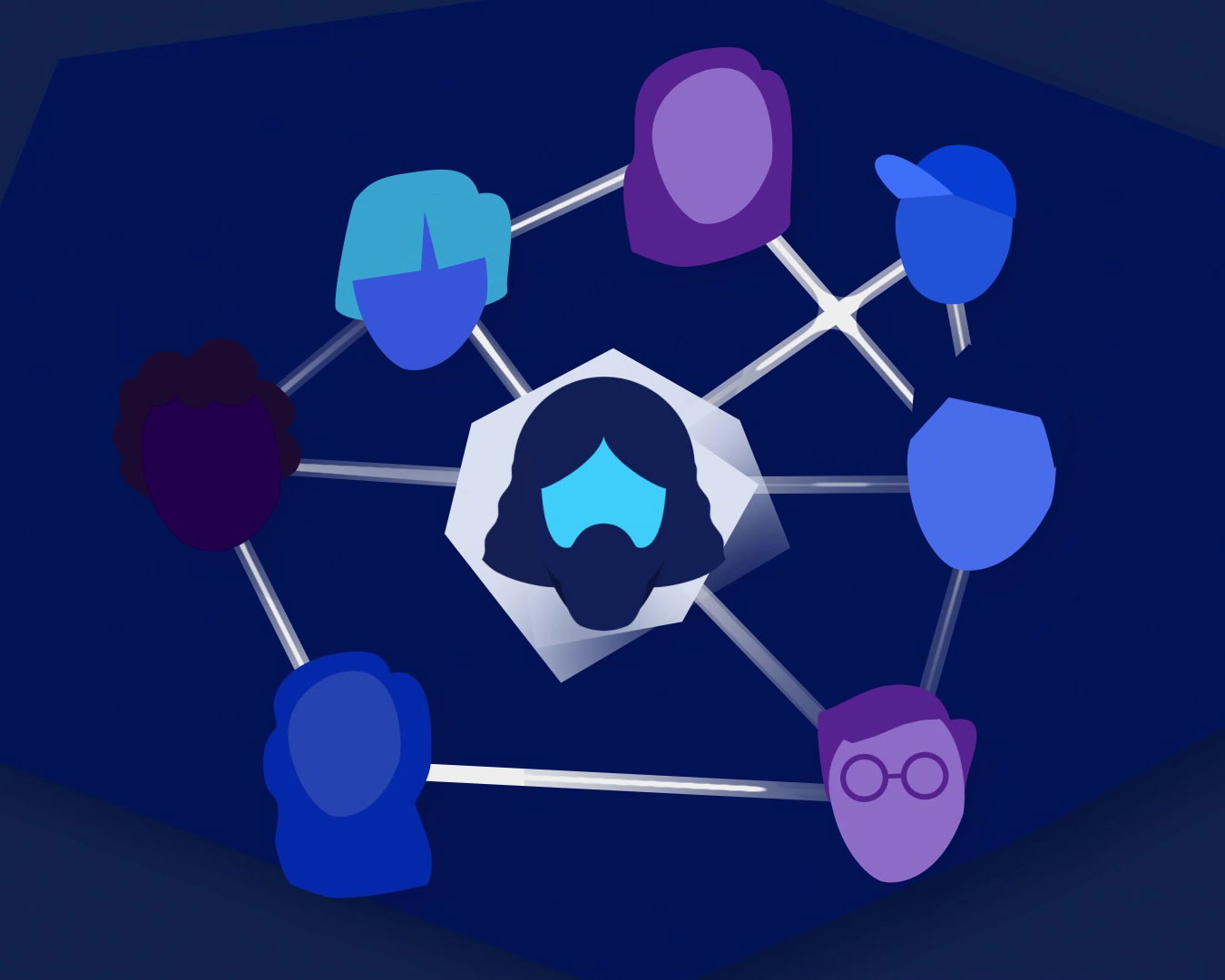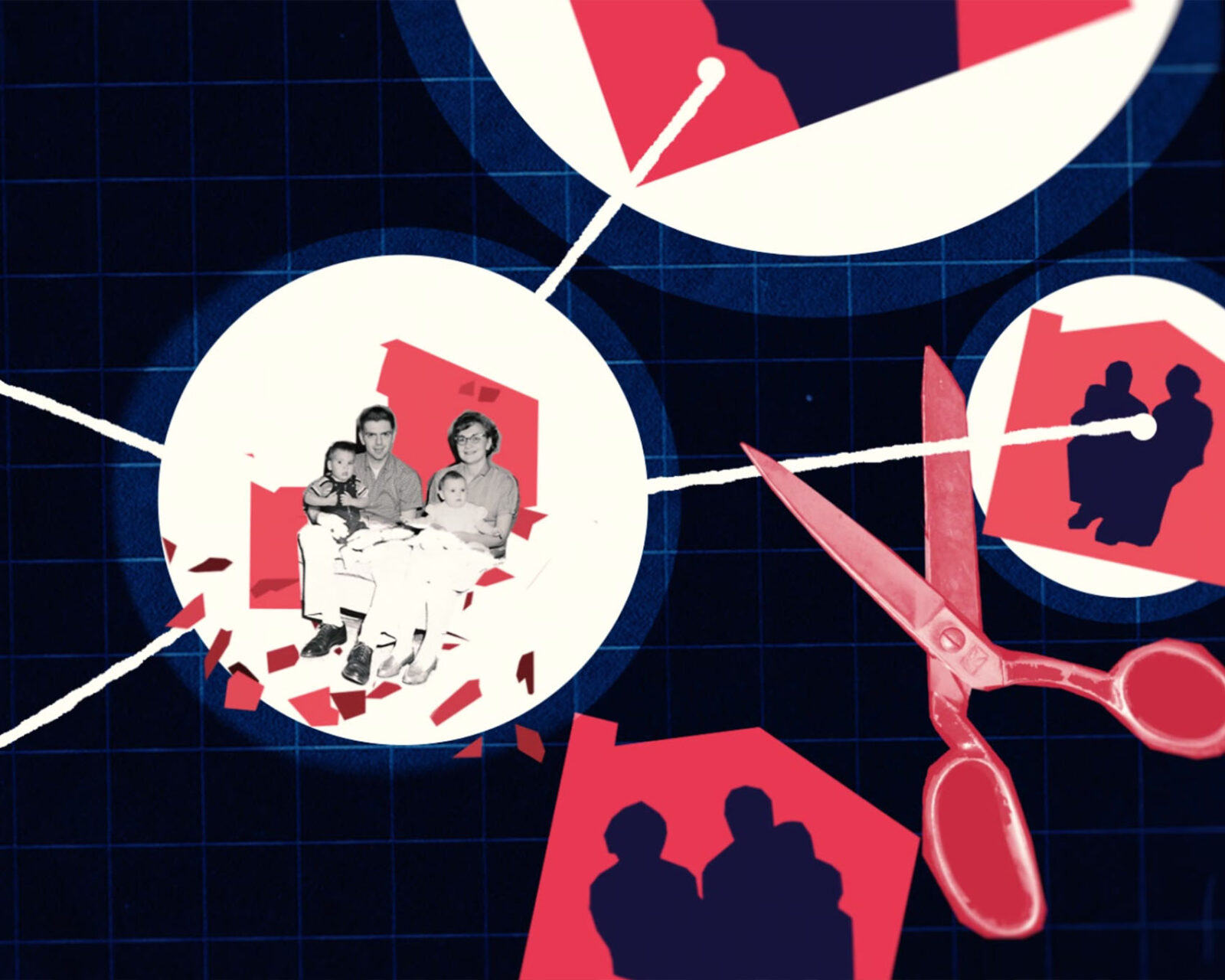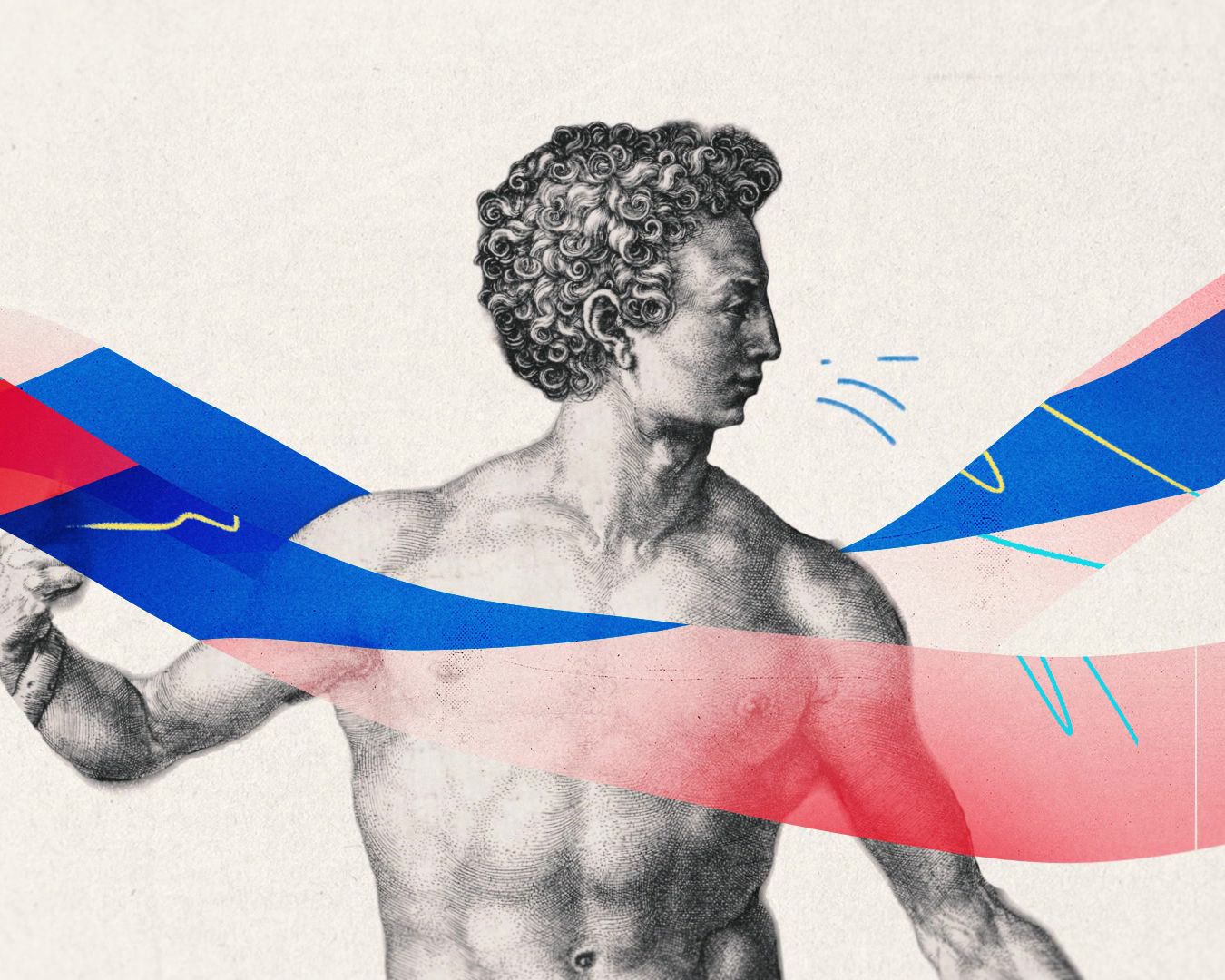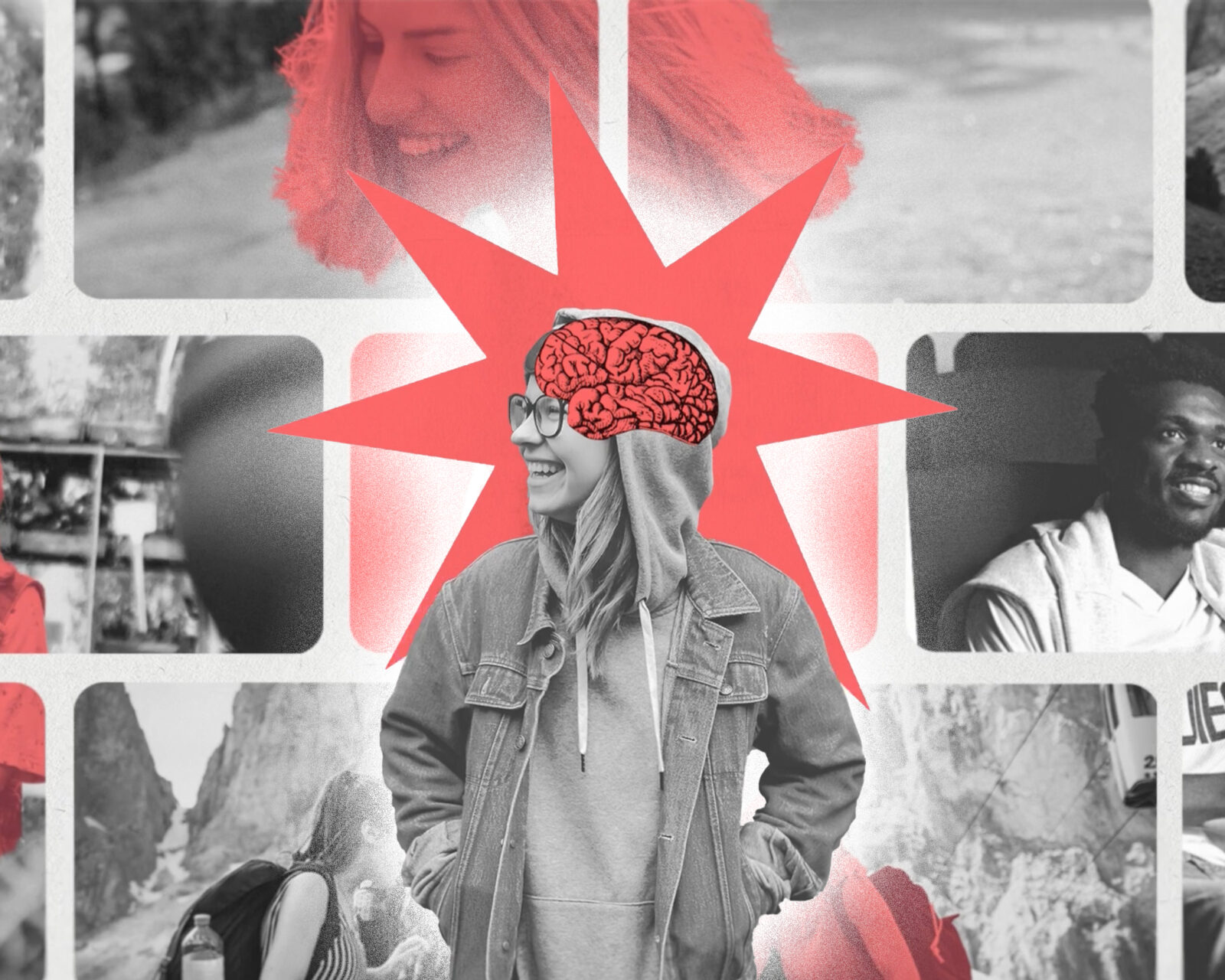Video Transcript
Emily: Maybe a parent told you this as a kid: you need good role models in your life. Or maybe you looked up to the athletes or entertainers you saw on TV. But role models are more than just the people you want to be “like” when you grow up — they are an important psychological phenomenon connected to television, sports, school, and more!
Children naturally copy the behavior and even appearance of celebrities, athletes, and social media influencers. Role models can be anyone in a person’s life that has an impact on their behavior or beliefs.
Maggie: My name is Maggie Steiss. I have a master’s in education and a master’s in educational leadership. I teach third grade and I’ve been teaching third grade for six years.
I encourage my students to have role models because as a teacher, I try to provide both windows and mirrors for students to help in their development. So for example, students need “mirrors.” They need to be able to see themselves in their role models. They need to see people who look like them.
But they also need to see windows, into opportunities. So what will the future look like for them? And role models can be a way for students to become inspired by others’ achievements so that they want to achieve that.
Emily: We may take for granted the idea of role models. A hundred years ago, psychologists and child experts commonly believed that children’s innate characteristics determined their life outcomes. But in the 1960s, child experts and psychologists began to emphasize the role played by other people and environmental stimuli in shaping children — observing that children’s behavior depends on their surroundings, not just their innate needs, drives, and impulses.
Maggie: Children are influenced by the adults around them. A child’s world is the adults who they’re surrounded by. So ideally a child has positive, loving, ambitious adults around them to which they can look up to and learn from. But of course that’s not always the case. Not every child is gifted with that environment.
I myself want to be a role model as a teacher. So I’m always thinking about my own demeanor, behavior, tone with my students, because I know that they naturally look up to me as their teacher.
Emily:Jim Rohn famously said “we are the average of the five people we spend the most time with” and there might be some truth to this.
This idea is backed by studies that show if a child is exposed to positive role models they are less likely to engage in risky behavior and even do better in school. They are even more likely to make healthy lifestyle choices around health and exercise.
The question is not “will we be shaped by our role models” but “what kind of role models” will we have to shape us. We have the capacity for good, but also need to be in close proximity with good role models that have an impact on our behavior and beliefs. It seems to be a requirement for real human flourishing.
Even just the simple knowledge that someone else has accomplished something great can have a huge impact. Take the 4-minute mile. On May 6, 1954, Roger Bannister broke the 4-minute barrier, running the distance in 3:59.4 seconds. He broke a record that hadn’t been broken in almost 10 years. But barely a year after Bannister’s accomplishment, once the knowledge that it was possible spread, multiple runners broke the 4 minute mile.
Maggie: And students really like those stories because all of us want to find connection and meaning in those stories and connecting to our own lives so they can connect it with a time where they felt challenged or they had adversity to overcome and know that they can still be successful because other people have done that.
Going back to both windows and mirrors for students, you want to be able to see yourself and see beyond to know that your story isn’t the only one.
Emily: Role models are a way we share in the good actions and influence of other’s lives. They inspire us and expose us to the possibility of our potential. Role models seem to be necessary to live a full and good life as a human person and they have a powerful effect on us emotionally, behaviorally, and maybe on a deeper level as well.
Which makes you wonder what kind of role models we are voluntarily surrounding ourselves with?




